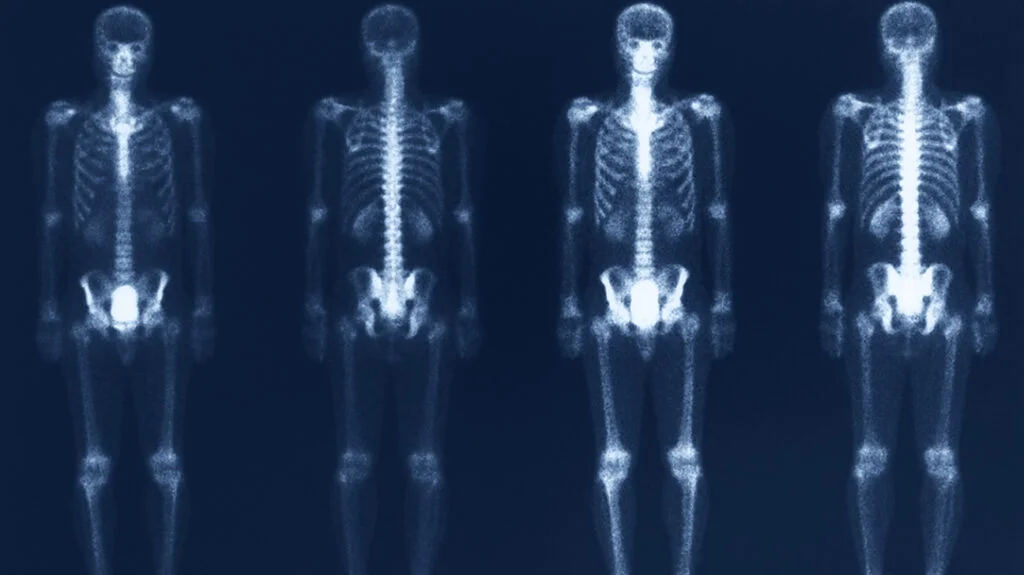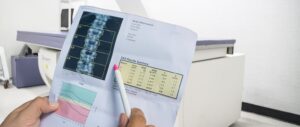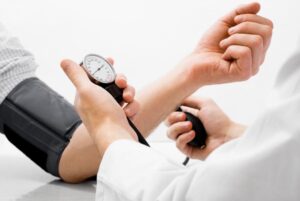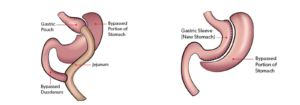Do you know that October is considered Bone Health Month? You might wonder why this month is called Bone Health Month. The answer is simple: you often notice that people take their bones for granted, and they only take care of them if they get a serious injury or fracture. Although we all know that bones provide support to our bodies, if they are strong enough, then it makes it easy for us to do any activities. But the harsh truth is many of the population are ignoring their bone health, which results in frequent fractures or bone-related concerns like Osteoporosis.
Why is October considered Bone Health Month?
According to the data from the National Institute of Health (NIH) and the National Center for Health Statistics (NCHS), approximately 10.2 million people in the US are affected by the condition of Osteoporosis. Also, about 43.4 million people have low bone density. This data shows how people take their bones for granted.
To reduce the further consequences related to bone health, every year in October, people get to know about bones and related problems. This campaign aims to raise awareness of bone density scans so that they cannot be affected by bone-related concerns. Imagine you are suffering from a serious disease, but you don’t even have the symptoms, and your bones easily fracture from a minor fall or even from a simple cough. This is what happens during osteoporosis, a very risky bone disease, where a person is affected by it but does not show any symptoms
What is Osteoporosis: The Silent Disease?
Osteoporosis is a medical condition that weakens your bones but does not show any symptoms, and it creates a large hole in your bones. This is called “silent disease” as it makes your bones brittle and fragile, but you don’t even notice the difference in your body. As it does not show any symptoms, it becomes difficult to know whether someone has osteoporosis or not. It often shows signs when someone has fractured a bone from a minor fall or even a simple cough. The areas where the risk is greatest are the hip, spine, or wrist. It may lead to severe pain, and you might feel less mobility and a significant decline in quality of life.
Common risk factors associated with Osteoporosis
- Age factor: Bone density naturally starts decreasing after the age of 30, which can cause severe injuries and fractures.
- Gender: The risk is higher in women as compared to men, especially postmenopausal women.
- Family History: It also depends on your family history, as if any of your relatives are suffering from osteoporosis, then it is likely to happen to you. These health conditions occur genetically in some of your family members.
- Low calcium and a deficiency of vitamin D: A lack of vitamin D and calcium weakens the bone, resulting in low bone density. It usually happens when your vitamin D intake is low.
- Sedentary lifestyle: A Poor lifestyle also affects your bones. If you are consuming alcohol and smoking daily, then it is likely to weaken your bone mass and may also cause more health-related issues.
What is a Bone Density Scan (DEXA Scan)?
Bone Density Scan, also referred to as DEXA Scan, is considered to be one of the optimal ways to diagnose osteoporosis. This scan is used to measure the minerals of bone by using a low-dose X-ray. This method is considered to be a painless and non-invasive test, which is usually performed on the hip and spine.
The results are given as a T-score, where the surgeon compares your bone density to that of a healthy young adult.
Normal: If your T-score is -1.0 or higher.
Osteopenia: When the T-score is between -1.0 and -2.5. This score signifies that your bone density is low, but not yet at the level of osteoporosis.
Osteoporosis: If someone has a T-score of -2.5 or lower, then it indicates that their bone is very fragile and they are at higher risk of fracture.
 Financing
Financing




